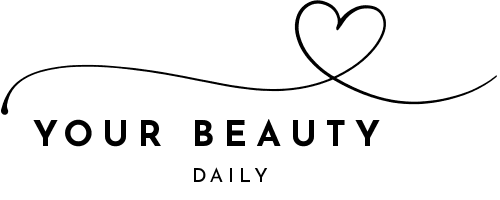
How to Use Pronouns Correctly at Work (Without Overthinking It)
When it comes to language, there are so many evolving expectations that it can be hard to keep up. What was once acceptable is now taboo, and then what was taboo is now okay.
From “slay” to “bussin’,” the wrong word at the wrong time can make you seem out of place or downright old, but it’s not usually dangerous. Except, that is, when it comes to gender terms. Inaccurately using a pronoun, called misgendering, can insult someone to the point that you lose their trust and, possibly, their loyalty as your employee. Misgendering can even put the other person in physical or emotional danger.
Yet, moving toward gender-neutral pronouns doesn’t have to become a “big deal.” Language evolves and changes constantly, and how we use it reflects how we connect with each other. Using pronouns correctly in the workplace shows your colleagues and employees that you respect their feelings and choices and see them as valuable outside of the confines of gender. With these tips, you can evolve your language skills to include proper pronouns without overthinking it.
1. Keep it Simple
The easiest way to get started is to eliminate the “he/him/his, she/her/hers” usage across the board. Sticking with “them/they/theirs” is sufficient. This simplicity begins with the hiring process, as some people are uncomfortable sharing their pronouns with others and can feel anxious if requested to do so.
Basic requests in the application where gender is disclosed can be eliminated if it’s unnecessary, or amended to ask, “What is your gender identity/How do you identify?” Always include a “Prefer not to disclose” option. When you’re ready to deep dive into the importance of pronouns and how to know you’re getting it right, read this article by Obsidi®.
2. Move It Across the Board
You’ve probably seen people including their pronouns in their resumes, email signatures, or bios. The idea behind this step is to foster inclusivity in the workplace culture. While it’s always intended to be helpful, it shouldn’t be forced.
However, neutral language across the board is a wise practice to incorporate. For example, depending on where you were raised, you may call everyone “guys.” While it’s not intended to be demeaning, it can make some people feel unwelcome. Switch your greetings and discussions to gender-neutral languages, such as “everyone,” “all,” or “team.”
3. Know How to Own Your Mistakes
While you’re learning (and sometimes after you should know better), you may make mistakes. Take responsibility for your error and practice using the other person’s pronouns to minimize the likelihood of repeating the same error.
When you recognize certain areas where mistakes are common, it’s easier to be mindful of them and avoid tripping over your pronouns and the other person’s privacy. You can ask them what pronouns and names they prefer to use, but not about any medical details, such as whether they’ve transitioned genders medically or had gender-affirming surgery. Don’t assume genders based on someone’s appearance.
4. Model Gender Pronouns in Leadership
Trying to enforce gender-neutral language by the “Do as I say, not as I do” leadership model rarely works. Instead, the best way to help your team feel valued and safe is to incorporate gender pronoun usage into the leadership models and effect guidelines, sharing how to handle the topic.
Starting at the top, when leaders use gender-neutral language in their communication, those who follow them are more likely to copy their lead. In all communication, whether oral or written, formal or informal, leaders in an organization show how to approach the gender pronoun language. With this step, the individual employee recognizes their safety in an inclusive environment and doesn’t have to address the binary/non-binary discussion themselves.
Include a section in your company policy that guides what pronouns are helpful and harmful. You may even want to include written policies regarding preferred names and when self-identification is and isn’t necessary.
Conclusion
Pronouns have shifted over centuries, making the current transition no different, just more evolved. Assuming gender is a thing of the past, and binary gender systems are also obsolete. Consider how you’re using pronouns in the workplace, and use these tips to move forward, leading the way to a more inclusive cultural atmosphere.

















